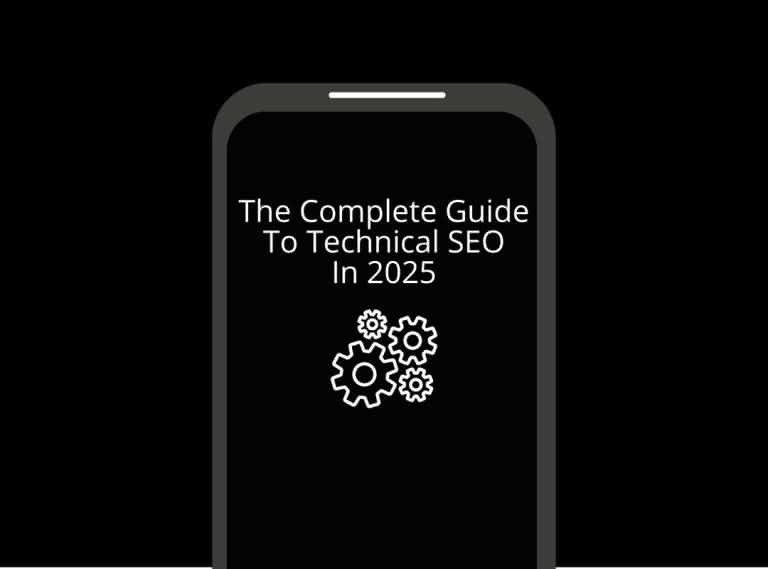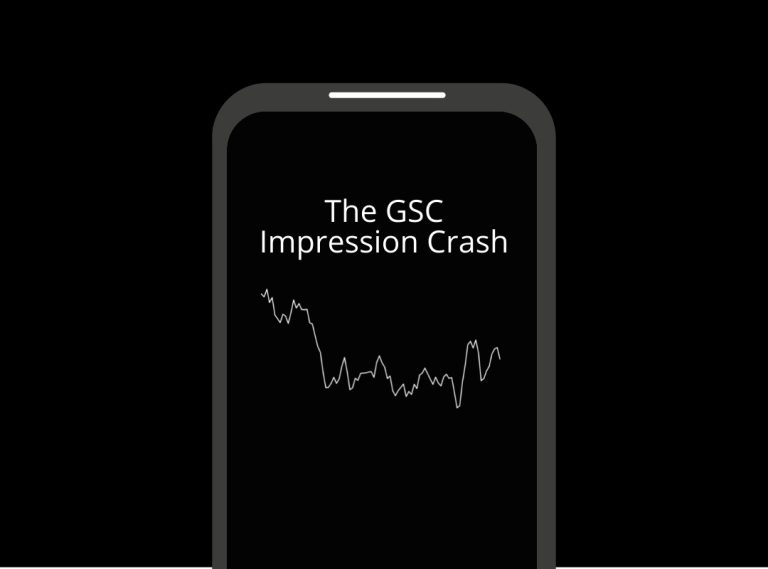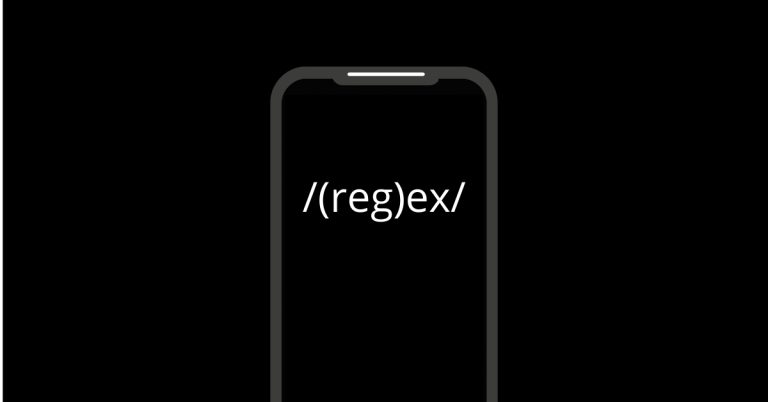Website crawlability is fundamental for ensuring that search engines like Google, Bing, and Yahoo can access, navigate, and understand your digital content. Without good crawlability, even the most useful and engaging pages may never appear in search results, missing crucial organic traffic and business opportunities.
This comprehensive guide will demystify crawlability, explain why it matters for technical SEO, detail how search engine bots operate, spotlight common crawlability barriers, and offer actionable steps for improving your site’s chances of being discovered and indexed.
What Does Website Crawlability Mean?
At its core, website crawlability is the ability of search engine bots (also called spiders or crawlers) to access, scan, and follow the links on your site so they can read and analyze your content. The crawlability process starts the moment a bot lands on your homepage, then follows internal links throughout your site to discover additional pages. Links from other domains, sitemaps, and manually submitted URLs can also bring spiders to your site.
If a crawler can easily move through your pages and resources, your website is considered crawlable. A crawlable site will have its pages regularly “seen” and updated by search engines. These pages are then eligible to be indexed—a separate but related concept—which means they can appear in relevant searches if deemed high-quality and relevant.
Crawlability vs. Indexability: What’s the Difference?
While crawlability and indexability are closely related, they are not the same. Crawlability is all about physical access: can bots reach and read the page? Indexability goes one step further: after crawling, will the content be added to the search engine’s database (the index) and then appear in search results?
A site could be crawlable but not indexable if it uses “noindex” meta tags, blocks pages in the robots.txt file, or has technical errors that prevent proper indexing. For maximum search visibility, a webpage must first be crawlable and then indexable.
How Search Engines Crawl Your Website
Search engines use automated programs—bots, spiders, or crawlers—to follow links and read web content. The most famous bot is Googlebot, which starts with a list of known URLs and explores new pages through internal links and sitemaps.
The crawl process works as follows:
- Discovery: Bots find your homepage via backlinks, sitemap submissions, or direct input.
- Navigation: Internal links guide bots to additional pages and content.
- Analysis: Bots review HTML, content, images, video, and resources.
- Reporting: Information is sent back to the search engine for potential indexing.
- Indexing: If content is valuable, it is added to the search index—a massive database of web pages eligible for ranking.
Efficient, logical, and clear site structure helps crawlers do their job faster and more thoroughly. Sites with weak architecture, broken links, or restricted resources can frustrate crawlers, leading to incomplete or missed indexation.
Why Is Crawlability Important for SEO?
No page will ever rank in Google if its content cannot be crawled and indexed. Crawlability is the foundation of technical SEO—the behind-the-scenes optimization that ensures search engines “see” everything you want users to find. Good crawlability ensures:
- New and updated content is quickly discovered and ranked.
- Your full site is eligible for organic traffic—not just a handful of easy-to-reach pages.
- Search engines understand your site’s structure, helping with thematic relevance and authority.
Poor crawlability leads to:
- Pages missing from search results, harming traffic and conversions.
- Outdated information appearing on SERPs due to missed updates.
- Diluted site authority and lost opportunities for ranking.
Common Crawlability Issues and Barriers
Even well-designed sites can suffer from crawlability problems. Common barriers include:
- Blocked Resources: Overly restrictive robots.txt or meta tags (“noindex”, “nofollow”) prevent crawlers from reading pages or content.
- Broken Links: Dead, outdated, or circular links can break the crawl chain, leaving some pages undiscovered.
- Poor Site Architecture: Complicated or illogical navigation can prevent bots from finding all your pages.
- Orphan Pages: Pages without any internal links are functionally invisible to crawlers.
- Slow Page Speed: Slow load times can waste bots’ “crawl budget” and deter deep scanning.
- Deeply Nested Pages: Content buried many clicks away from the homepage is less likely to be crawled.
- JavaScript & Rich Media Barriers: If critical content or navigation relies entirely on JavaScript or AJAX, some bots may not access it correctly.
- Incorrect Use of Canonical Tags: Duplicate content signals can confuse bots and suppress valuable pages.
How to Test and Monitor Crawlability
Regular technical SEO audits are essential. The following steps will ensure ongoing crawlability:
- Run Site Audits: Use tools like Screaming Frog, Ahrefs Site Audit, or SEMrush to scan your site as a bot would.
- Check Robots.txt: Confirm your file allows access to important sections and disallows only irrelevant resources.
- Analyze Sitemaps: Submit up-to-date XML sitemaps to Google Search Console and Bing Webmaster Tools.
- Review Internal Linking: Ensure all valuable pages are linked from other content and not orphaned.
- Monitor Crawl Errors: Google Search Console alerts you to 404 errors, server issues, and blocked resources.
- Check Mobile Crawlability: Make sure your website’s responsive or mobile version is as crawlable as desktop.
- Inspect HTTP Status Codes: Confirm all critical pages deliver 200 OK responses—not 404 or 503 errors.
Best Practices for Improving Crawlability
- Optimize Robots.txt: Be specific about crawling instructions—allow bots access to important pages, disallow irrelevant ones.
- Maintain a Clear Site Structure: Organize content into logical hierarchies using categories, internal links, and breadcrumbs.
- Fix Broken and Redirected Links: Routinely repair or remove any dead links or improper redirects.
- Use SEO-Friendly URLs: Short, descriptive, and keyword-rich URLs are easier for bots to follow and understand.
- Improve Site and Page Speed: Optimize images, scripts, and server performance for faster loads.
- Leverage XML Sitemaps: Guide bots to every relevant page, especially useful for large websites or new domains.
- Add Schema Markup: Help search engines interpret and display content correctly in SERPs.
- Enable Responsive Design: Ensure mobile-first indexing compatibility and accessible structure on all devices.
- Prevent JavaScript Blocking: Make sure key content and navigation elements are accessible even without JS enabled.
- Handle Duplicate Content with Canonical Tags: Always direct bots to a single “master” version of each important page.
Crawlability and Site Growth
A crawlable site isn’t just good for technical SEO—it enables growth. When search engines can reach every part of your site easily, you’re better positioned to:
- Expand into new content areas.
- Rapidly update and push seasonal campaigns.
- Support new products or service launches.
- Attract backlinks more efficiently, as all content is discoverable and shareable.
Investing in crawlability means search engines will trust you as a consistently valuable resource—a key factor in long-term domain authority and sustainable rankings.
Real-World Crawlability Analogy
Imagine you own a huge library. If the aisles are cluttered, sections blocked off, and the catalog is disorganized, searchers—and librarians—will miss even your most prized books. Crawlability fixes the pathways, signage, and catalog, making sure every section and book can be found, read, and borrowed.
Advanced Crawlability Tips
- Regularly Update Sitemaps: Make sure new, updated content is always listed and easy for bots to discover.
- Monitor Crawl Budget Usage: Large sites should track the number of pages crawled daily and prioritize high-value content.
- Integrate Content Clusters: Group related content under topic pillars to streamline crawling and topical relevance.
- Use Meta Tags Wisely: “Noindex” and “nofollow” tags can be powerful—but never overused or misapplied.
Website crawlability sits at the heart of successful SEO. It ensures that every valuable piece of content is discoverable, eligible for indexing, and ready for ranking in search engines. Without proper crawlability, even the best site design, UX, and content marketing can struggle to attract organic users.
If your site isn’t regularly audited, structured logically, and optimized for crawlers, you risk leaving great content in the dark. Prioritizing crawlability is essential for any business aiming for sustained, scalable online success.
Review your technical SEO fundamentals today. Pave the way for search engines—and customers—to consistently find your best content. Your rankings, traffic, and brand visibility will thank you.




